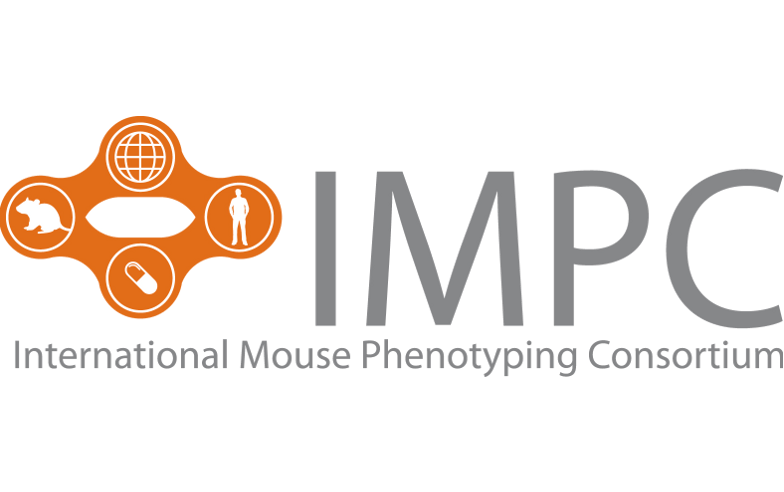|
초록
|
The airway epithelium is the first place, where a defense mechanism is initiated against environmental stimuli. Mucociliary transport (MCT), which is the defense mechanism of the airway and the role of airway epithelium as mechanical barriers are essential in innate immunity. To maintain normal physiologic function, normal oxygenation is critical for the production of energy for optimal cellular functions. Several pathologic conditions are associated with a decrease in oxygen tension in airway epithelium and chronic sinusitis is one of the airway diseases, which is associated with the hypoxic condition, a potent inflammatory stimulant. We have observed the overexpression of the hypoxia-inducible factor 1 (HIF-1), an essential factor for oxygen homeostasis, in the epithelium of sinus mucosa in sinusitis patients. In a series of previous reports, we have found hypoxia-induced mucus hyperproduction, especially by MUC5AC hyperproduction, disruption of epithelial barrier function by the production of VEGF, and down-regulation of junctional proteins such as ZO-1 and E-cadherin. Furthermore, hypoxia-induced inflammation by HMGB1 translocation into the cytoplasm results in the release of IL-8 through a ROS-dependent mechanism in upper airway epithelium. In this mini-review, we briefly introduce and summarize current progress in the pathogenesis of sinusitis related to hypoxia. The investigation of hypoxia-related pathophysiology in airway epithelium will suggest new insights on airway inflammatory diseases, such as rhinosinusitis for clinical application and drug development. [BMB Reports 2018; 51(2): 59-64].
|






